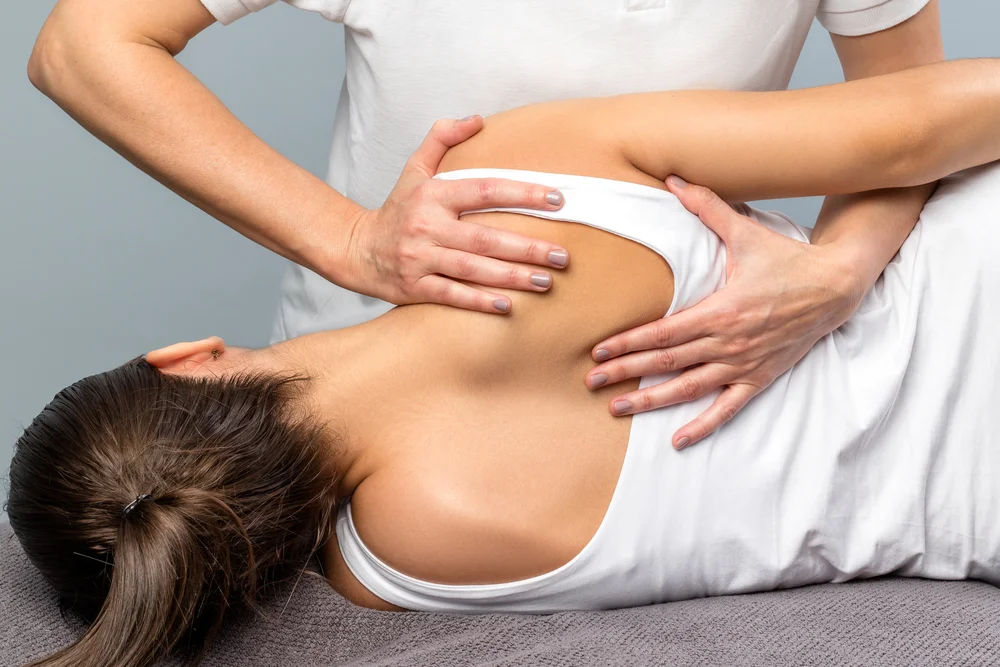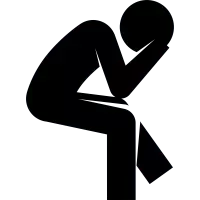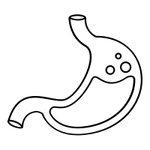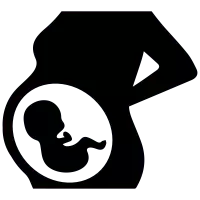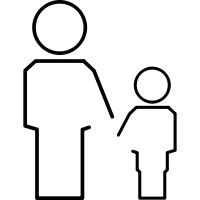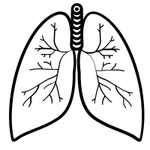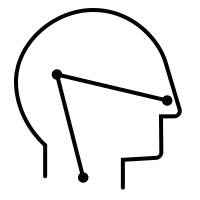Osteopathic Manual Techniques After Childbirth:
Manual For postpartum recovery, osteopathic treatment is highly recommended. Whether an epidural or caesarean section was used to alleviate labour discomfort is irrelevant. Because of the physiological changes brought on by labour and delivery, it’s important to address any postpartum issues as soon as possible.
There may be varying postpartum difficulties to address based on the nature of the labour. Quickening the healing process by relieving achy muscles, back discomfort, and restoring pelvic balance are all benefits of a post-natal checkup after giving birth.
Regaining pelvic mobility, decreasing postpartum discomfort, and alleviating pain may all be accomplished with the use of manual osteopathic treatment.
Manual Osteopathy may also help with chronic issues including bowel dysfunction, chronic back pain, and menstrual cycle disturbances. In addition, a Manual Osteopath may work with a new mother to restore the health of her neurological system, cardiovascular system, and skeletal system.
Osteopathic manipulative treatment for mood disorders and infant development:
One of the most effective ways to restore a woman’s body to its natural equilibrium is via manual osteopathic treatment after giving birth. Both the mother and the newborn are subjected to extreme physical and psychological stress throughout labour and delivery. These interventions reduce tension and promote an atmosphere of mutual respect and success.
Newborn newborns may potentially benefit from manual osteopathic treatment for the discomfort associated with the traumatic events of delivery. The baby’s shoulders, cranium, and pelvis are all subjected to considerable pressure as it makes its way down the delivery canal.
In manual osteopathy, the baby’s bones and body are softly manipulated to lessen the impact. As a result, it may reduce the severity of plagiocephaly, as well as aid with breathing difficulties and colic. When a newborn is no longer misaligned, their disposition improves, which is good for their growth.
Manual osteopathy helps alleviate postpartum depression while also facilitating a more peaceful coexistence between mother and child. The emotional and physical strains of pregnancy and childbirth are known to disrupt hormonal equilibrium.
Many moms experience postpartum depression after giving birth due to hormonal changes, exhaustion, and the stress of caring for a newborn.
Manipulation of the craniosacral axis is one of the primary tools at a manual osteopath’s disposal for reestablishing structural integrity and functional harmony. They also aid in creating a balanced mental and emotional state.

